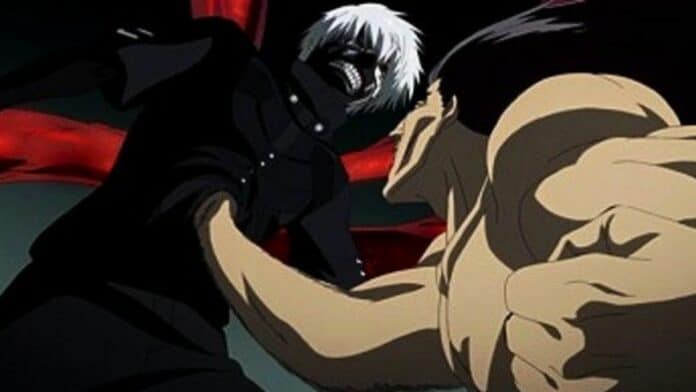Tokyo Ghoul, a manga and anime series created by Sui Ishida, is notable for its intense and visceral fight scenes that evolve significantly throughout the series.
From the streets of Tokyo to the intricate underworld of ghouls and humans, the series showcases a dynamic progression in the style and substance of its combat sequences.
Let’s examine the evolution of fight scenes in Tokyo Ghoul, exploring how they develop in complexity and impact over the course of the series.
The Early Stages: Raw and Emotional Combat
In the early chapters and episodes of Tokyo Ghoul, the fight scenes are characterized by their rawness and emotional intensity.
The protagonist, Kaneki Ken’s, initial encounters with the ghoul world are brutal and chaotic, reflecting his struggle to come to terms with his new identity as a half-ghoul.
These early fights are more about survival than skill, underscoring the series’ darker themes of identity crisis and the primal fight for survival.
The Development of Fighting Styles
As the series progresses, there is a noticeable development in the fighting styles of the characters. The introduction of different types of ghouls, each with unique abilities known as kagune, adds diversity and complexity to the combat.
Kaneki’s growth as a fighter and his mastery of his kagune is mirrored in the fight scenes, which become more strategic and technically intricate.
The Role of Tactics and Strategy
Midway through Tokyo Ghoul, tactics and strategy become more prominent in the fight scenes. Characters begin to use more calculated approaches, considering their opponents’ strengths and weaknesses.
The fight sequences become less about brute force and more about tactical intelligence, reflecting the characters’ development and the deepening of the series’ narrative.
The Introduction of Advanced Abilities
As Tokyo Ghoul advances, the introduction of advanced abilities and powers elevates the fight scenes to new levels of creativity and spectacle. The series delves into the lore of ghoul biology and the different types of kagune, each with its unique properties.
This expansion in the universe’s mythology allows for more varied and imaginative combat scenarios.
The Psychological Aspect of Combat
In addition to physical battles, Tokyo Ghoul incorporates a psychological element into its fight scenes. Conflicts often involve a mental and emotional struggle, reflecting the internal battles of the characters.
This psychological aspect adds depth to the fights, making them not only physical confrontations but also battles of wits and wills.
The Climactic Battles: A Fusion of Skill, Strategy, and Emotion
In the later stages of Tokyo Ghoul, the fight scenes reach a climax in terms of skill, strategy, and emotional intensity. The culmination of character development, plot progression, and thematic exploration is reflected in these battles.
They are not just showcases of physical prowess but also manifestations of the series’ overarching themes, including the nature of humanity and the search for identity.
The evolution of fight scenes in Tokyo Ghoul is a journey from raw, survival-driven confrontations to sophisticated battles that blend physical skill, strategy, and psychological depth.
This progression mirrors the series’ character development and thematic depth, enhancing the overall narrative experience.
The fight scenes in Tokyo Ghoul are not only visually impressive but also integral to the storytelling, reflecting the series’ exploration of deeper themes and the characters’ journeys.
Also Read: Lessons on resilience and survival from Tokyo Ghoul

